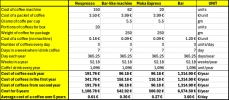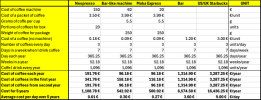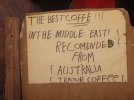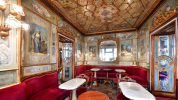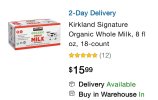JustJack
Active Member
- Time of past OR future Camino
- CF: May/June 2023
VDLP: April/May 2024
Stopped in at a Starbucks in Vancouver today. I don’t care for Starbucks but was with a friend who likes it. A latte or similar at Starbucks costs around €4. That’s a typical price for any coffee shop here. And that gets you your coffee in a disposable cup.
Compare that to Spain, where somehow you can walk into any bar or cafe, have a fresh ground cafe con leche, served in a proper ceramic cup that they’ll have to wash after, and that coffee costs around €1.30.
I’d love to know how Spain is able to sell coffee at less than half the price of North America, and presumably still make a profit.
Compare that to Spain, where somehow you can walk into any bar or cafe, have a fresh ground cafe con leche, served in a proper ceramic cup that they’ll have to wash after, and that coffee costs around €1.30.
I’d love to know how Spain is able to sell coffee at less than half the price of North America, and presumably still make a profit.











